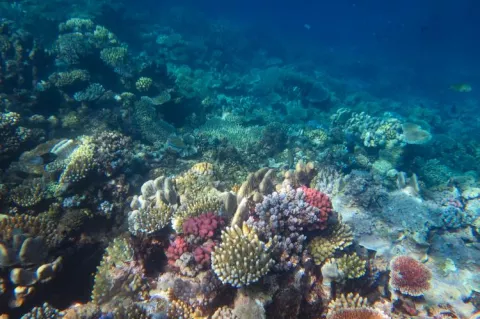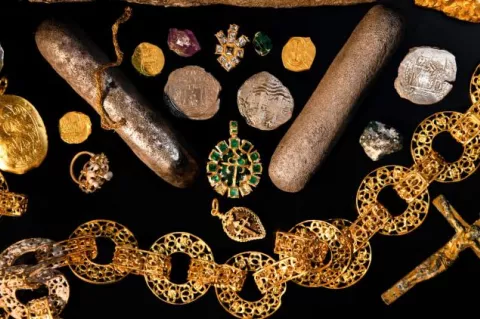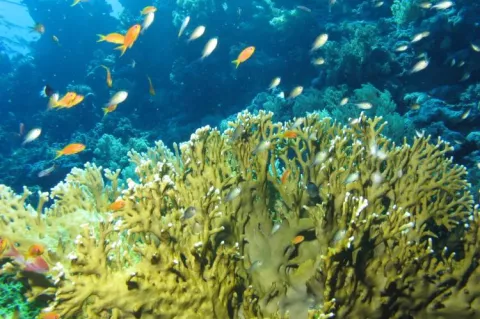Continued coral recovery recorded across two-thirds of the Great Barrier Reef
Published today, AIMS’ Annual Summary Report on Coral Reef Condition for 2021/22 shows another year of increased coral cover across much of the Reef. The report summarises the condition of coral reefs of the Great Barrier Reef (GBR) from the Long-Term Monitoring Program (LTMP) surveys of 87 reefs conducted between August 2021 and May 2022 (reported as "2022").
The increasing frequency of warming ocean temperatures and the extent of mass bleaching events highlights the critical threat climate change poses to all reefs, particularly while crown-of-thorns starfish outbreaks and tropical cyclones are also occurring. Future disturbance can reverse the observed recovery in a short amount of time.
AIMS monitoring program team leader Dr Mike Emslie
350-Year-Old Spanish Shipwreck yields massive treasure
The Nuestra Señora de las Maravillas (Our Lady of Wonders) sank with a cargo of gold, silver, and gems on the western side of the Little Bahama Bank in 1656. The Spanish galleon was part of a fleet sailing to Spain from Havana with royal and privately-consigned treasures from the Americas. Failing to navigate shallow waters, however, it collided with the flagship of the fleet and hit a reef. Of the 650 people on board, only 45 survived.
Fire corals spreading on Caribbean reefs
Sessile organisms, such as corals where adults are immobile and their growth position is determined at settlement, are confronted by unique circumstances arising in that particular location.
In some habitats, anthropogenic effects are causing large changes in community structure, as well as the environmental conditions to which they are exposed. On a densely populated reef space is a limited resource. One of the ways organisms can win that space is through the strategy of shape.




